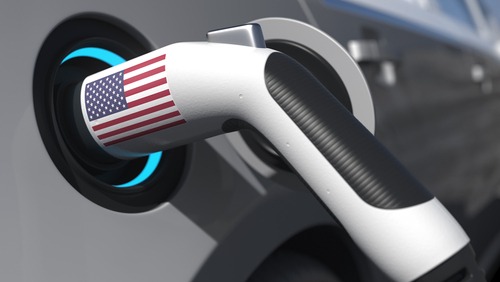
An Executive Order from President Joe Biden will move America forward on clean cars and trucks, the White House said in a statement Thursday.
The executive order will position America to outcompete China while tackling the climate crisis, the White House said.
Specifically, the president’s order sets a goal to make half of all new vehicles sold in 2030 zero-emission vehicles, including battery electric, plug-in hybrid electric, or fuel cell electric vehicles. Additionally, the order would kick off the development of long-term fuel efficiency and emissions standards that would save consumers money, cut pollution, boost public health, and advance environmental justice.
The U.S. Environmental Protection Agency (EPA) and the U.S. Department of Transportation (USDOT) will also announce how they are addressing rollbacks on fuel efficiency and emission standards required by the previous administration. The two agencies will announce coordinated notices of proposed rulemaking that would advance smart fuel efficiency and emissions standards that will deliver around $140 billion in net benefits over the life of the program, save about 200 billion gallons of gas and reduce around two billion metric tons of carbon pollution – for a net benefit of up to $900 for the average consumer.
In response, EVHybridNoire, the Electrification Coalition, Forth, and Plug In America issued a joint statement.
“We commend the Biden Administration for issuing the Executive Order targeting 50 percent of all new passenger car and light-duty truck sales to be zero-emission vehicles (ZEVs) by 2030, in addition to releasing guidance to the Department of Transportation (DOT) and Environmental Protection Agency (EPA) to move forward with proposals to strengthen federal tailpipe-pollution standards that will move the nation closer to an equitable and just transportation electrification future, consistent with the Paris Agreement climate goals,” the statement read. “The Administration’s push for ZEVs and stricter tailpipe-emissions standards will lead to a significant improvement in air quality, especially for historically excluded communities, as the Administration seeks to also eliminate 50 percent of economy-wide emissions by 2030. These efforts must be complemented by a robust charging network capable of supporting the millions of vehicles these targets represent, investments in research and development, purchase incentives, workplace charging, and incentives to expand electric vehicle manufacturing and supply chains nationwide.”